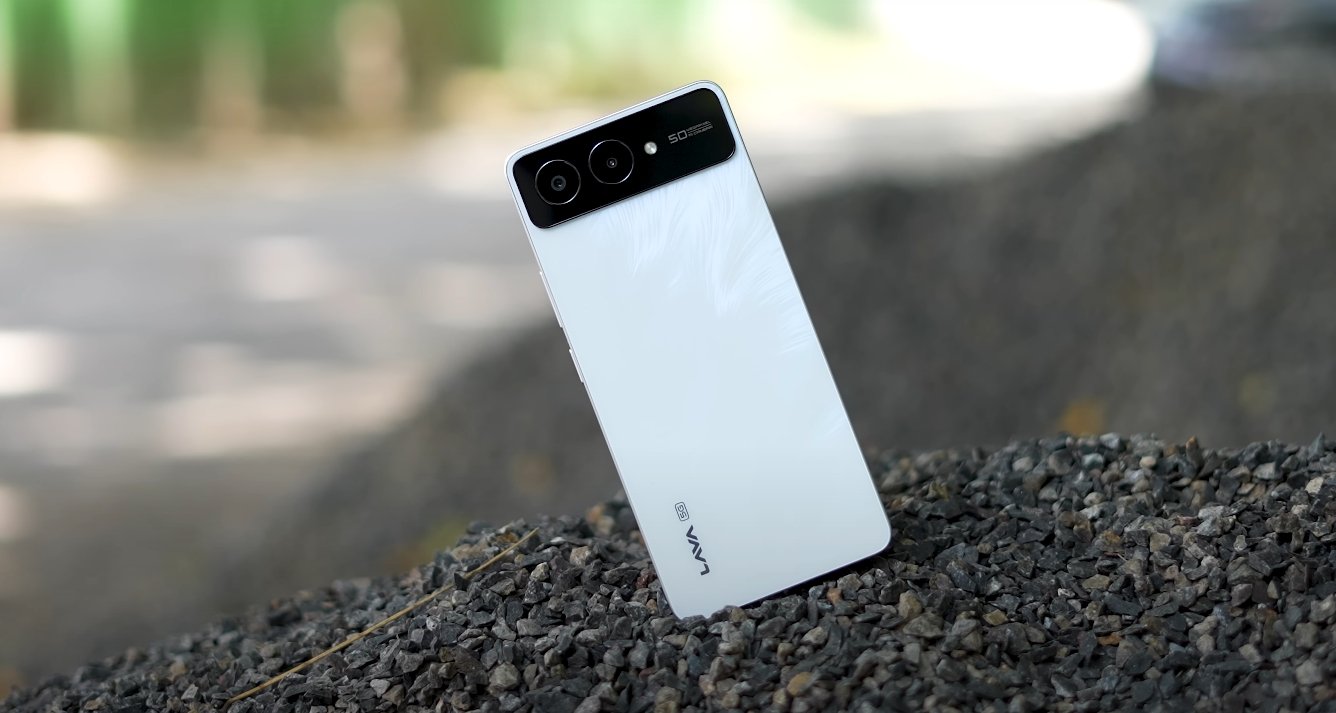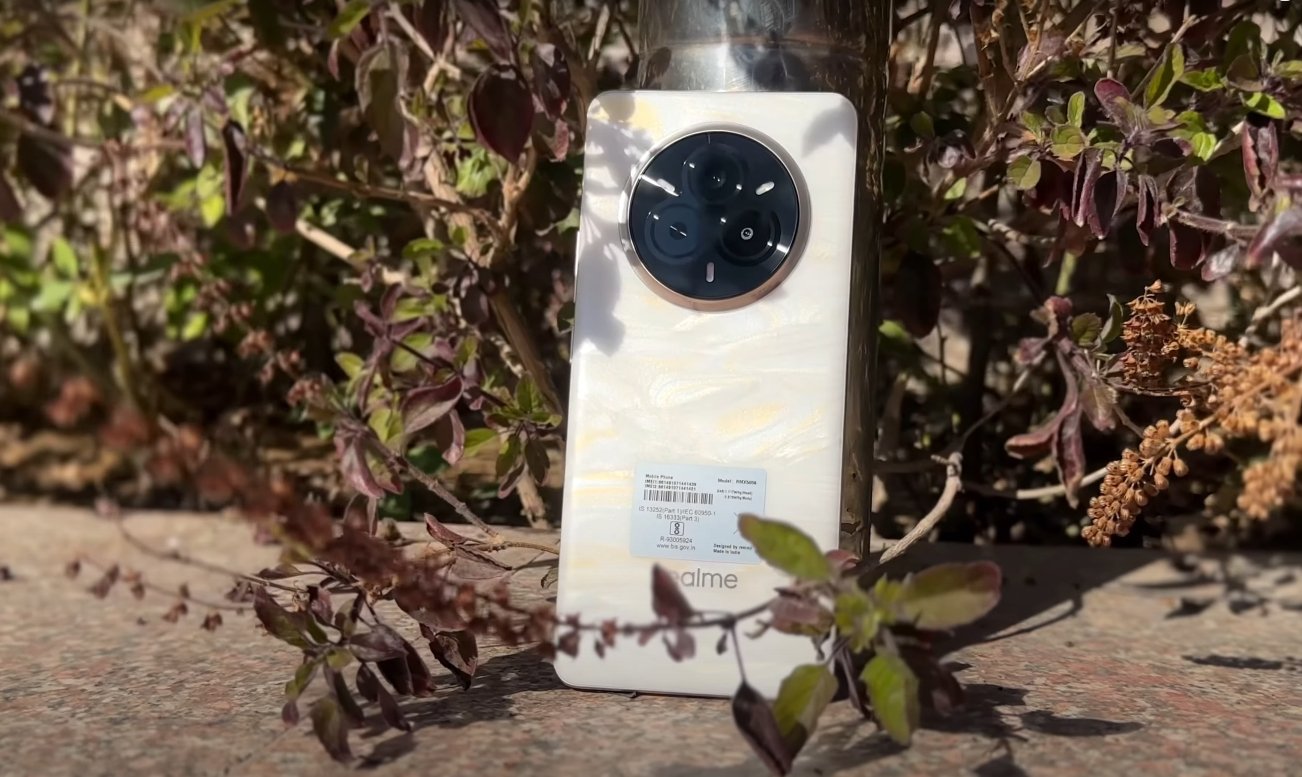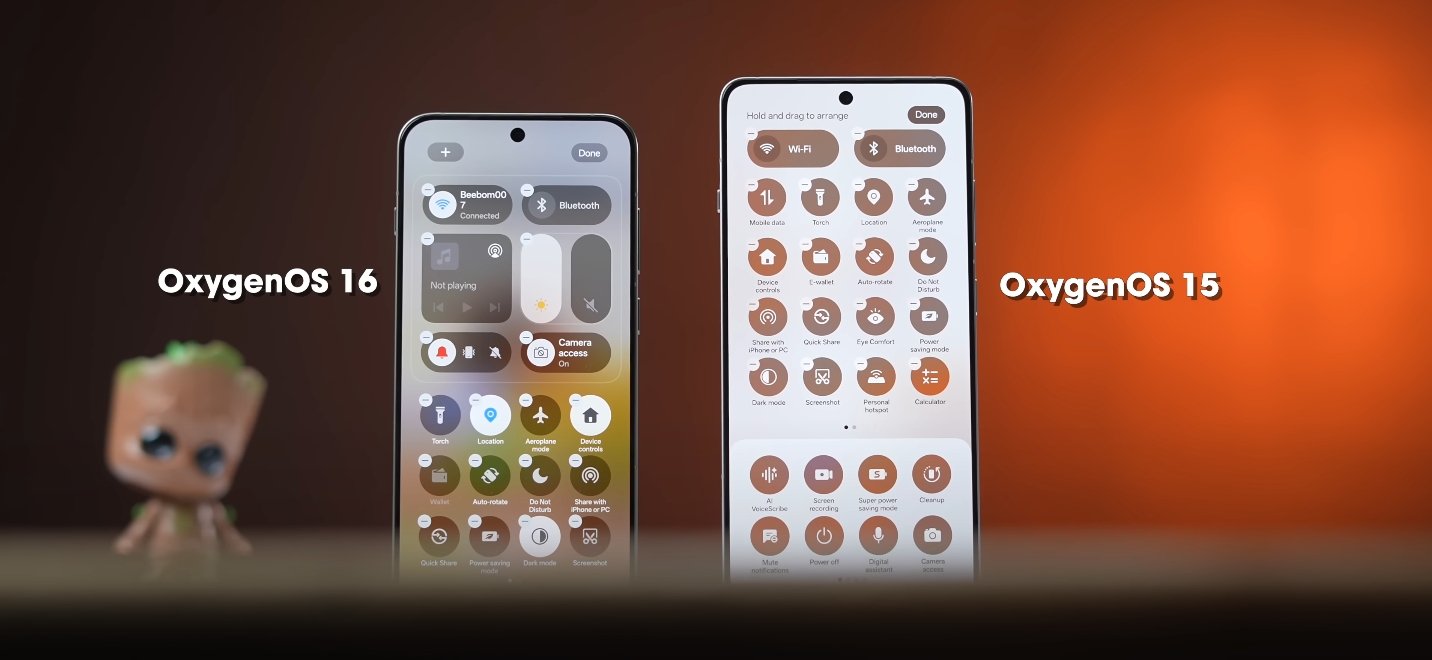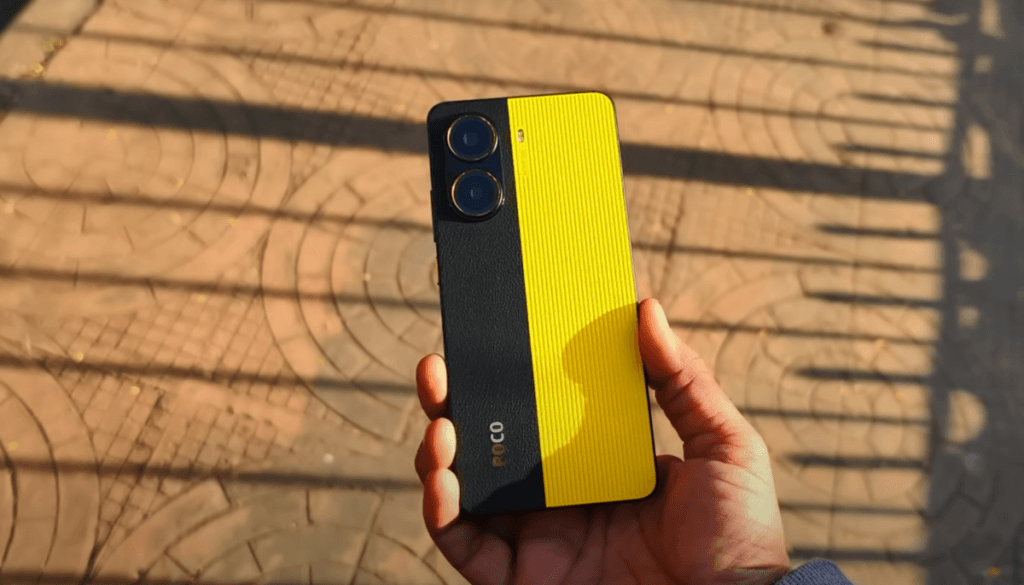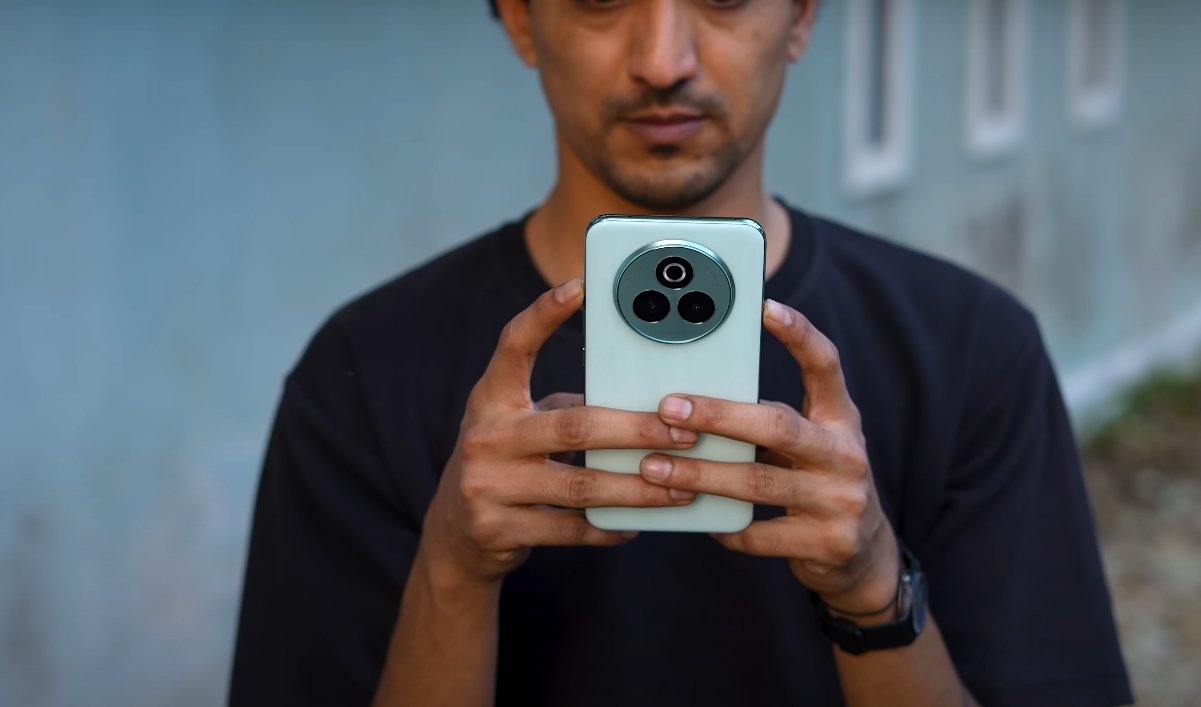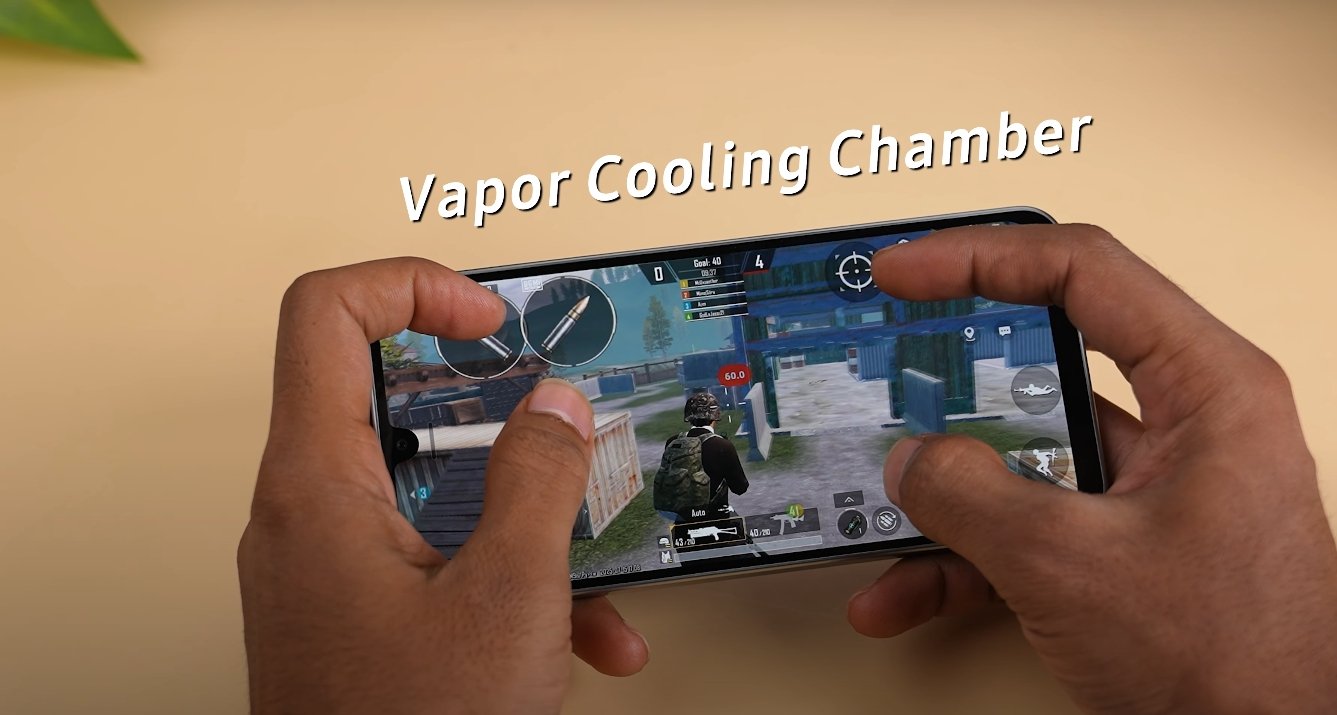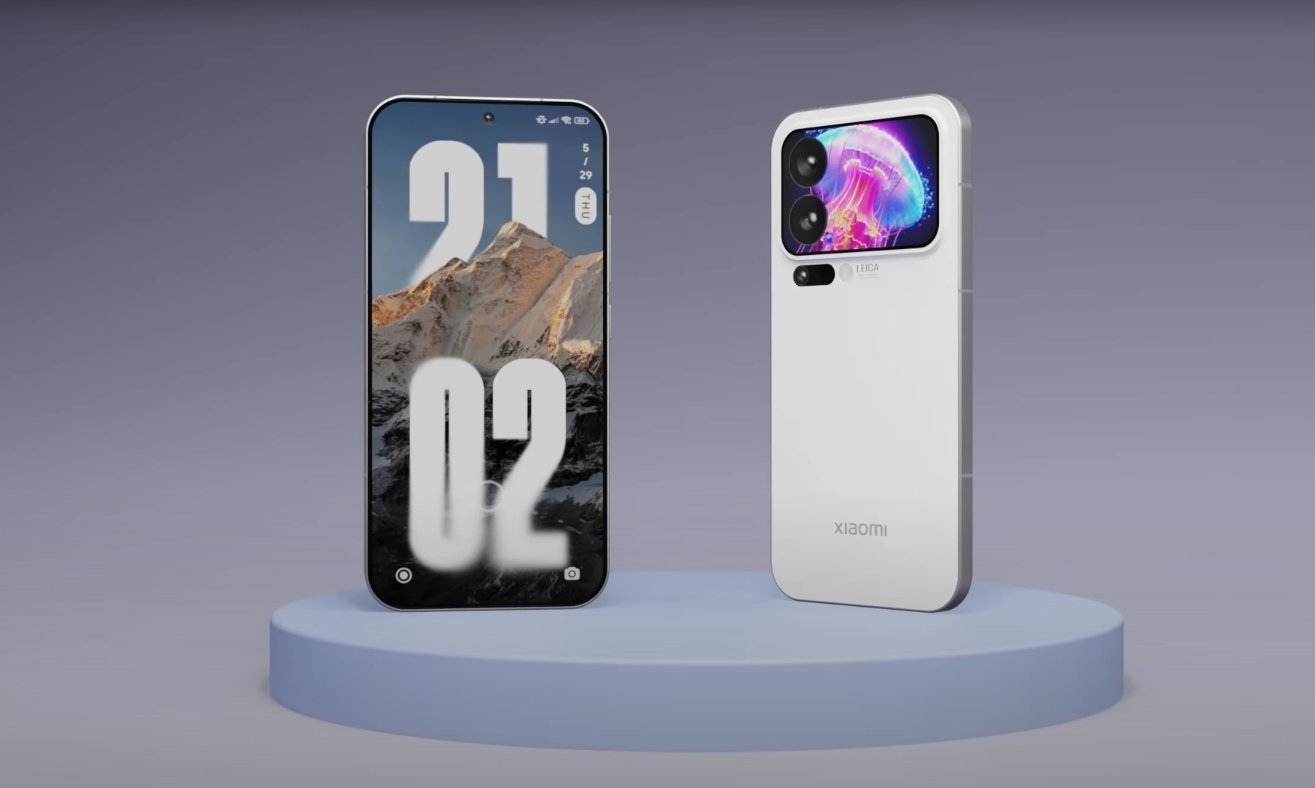Lava Agni 4 vs Redmi Note 14 5G: The Midrange 5G Battle
The midrange smartphone market continues to heat up, and two models attracting major attention are the Lava Agni 4 and the Redmi Note 14 5G. Both phones are positioned for users who want premium features without flagship prices, and each brings a mix of performance, style, and long-term usability. Here’s how these two contenders compare across design, performance, camera, battery, and overall value for buyers in 2025.
Lava’s Agni series has been gaining steady traction in India and select global markets. The Agni 4 is expected to continue that trend with a refreshed design and powerful specifications. It’s rumored to feature a large AMOLED display around 6.7 to 6.8 inches, offering a 120Hz refresh rate and thin bezels for an immersive experience. The design language is said to lean toward minimalism with a matte finish and solid build, while maintaining a lightweight profile. The Redmi Note 14 5G, on the other hand, carries the refined design of Xiaomi’s popular Note lineup, with curved edges, a glass back, and a slightly smaller 6.67-inch AMOLED panel, also supporting a 120Hz refresh rate. Both devices seem evenly matched in this department, with Lava taking a slight lead in display size.
Performance is one of the most discussed areas of comparison. The Lava Agni 4 is expected to run on a MediaTek Dimensity chipset from the 8000 series, designed for smooth multitasking and 5G connectivity. It could pair up to 8GB or 12GB of RAM with UFS 4.0 storage for faster app loading and file transfers. Meanwhile, the Redmi Note 14 5G is powered by a mid-tier Snapdragon or Dimensity processor, optimized for balance between power and efficiency. Redmi’s software optimization through HyperOS ensures smooth usage, gaming stability, and longer battery endurance. While the Agni 4 may bring slightly newer hardware, Redmi’s proven track record in fine-tuning performance may offer a more consistent real-world experience.
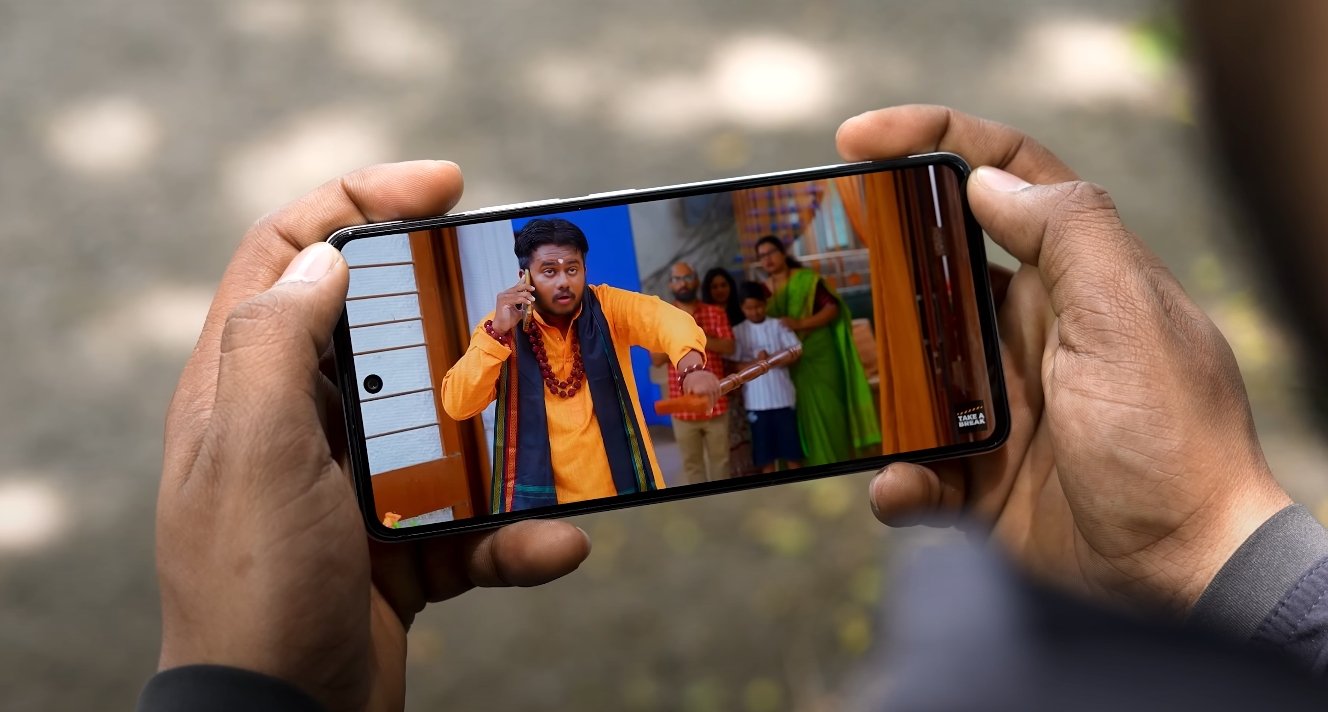
The camera setup is another major area of interest. Lava Agni 4 is expected to feature a dual rear camera with a 50MP main sensor and a secondary depth or ultra-wide lens. Its front camera could range from 16MP to 32MP, focusing on sharp selfies and good low-light performance. Redmi Note 14 5G steps up with a triple-camera array, featuring a 50MP main lens with optical image stabilization, along with supporting lenses for macro and depth shots. The inclusion of OIS gives Redmi an advantage for stable photos and videos, especially in low-light scenarios. Lava’s camera software will need to deliver well-tuned HDR and AI enhancements to match Redmi’s mature imaging system.
When it comes to battery life, the Lava Agni 4 could turn out to be the powerhouse of the two. Reports suggest it may include a massive 7,000mAh battery with fast charging speeds reaching up to 80W. Such capacity would easily support two days of moderate use, making it ideal for travelers or power users. The Redmi Note 14 5G packs a smaller, but still respectable, 5,000 to 5,100mAh battery with 45W to 50W charging. Redmi’s software, however, is known for efficient battery management, so in real-world terms, both devices could offer comparable endurance. Still, on paper, Lava holds a clear edge in battery size and charging speed.
Software experience also sets these two apart. The Lava Agni 4 is expected to run near-stock Android 15, offering a clean interface with minimal bloatware and smoother updates. This approach appeals to users who prefer simplicity and faster system performance. In contrast, the Redmi Note 14 5G runs Xiaomi’s HyperOS, which adds extra features, customization, and a familiar MIUI-like layout. Redmi’s long-standing commitment to updates and security patches also gives users more assurance of long-term support, while Lava still needs to prove its consistency in this area.
In terms of pricing, both phones aim at the competitive midrange bracket. The Lava Agni 4 is expected to be priced around $250 to $300, while the Redmi Note 14 5G could range from $220 to $350 depending on configuration. This means both target the same buyer group—those seeking premium specs without overspending. The choice ultimately depends on personal priorities. Lava offers a larger battery, possibly a more minimalist interface, and bold design choices. Redmi, meanwhile, focuses on software polish, camera versatility, and after-sales reliability.
Overall, the Lava Agni 4 appears to be an exciting new entry that could challenge established brands with its blend of big battery power and sleek aesthetics. The Redmi Note 14 5G, however, stands as a proven performer that balances every feature well and comes with a trusted global reputation. Buyers who want cutting-edge specs and long battery life might lean toward the Lava Agni 4, while those prioritizing camera quality, software stability, and established support may find the Redmi Note 14 5G to be the safer, more dependable choice. Both devices strengthen the growing competition in the midrange 5G market, giving users more reasons than ever to expect flagship-like performance at affordable prices.
Also Read: Moto G06 Power signal strength USA rural area test
